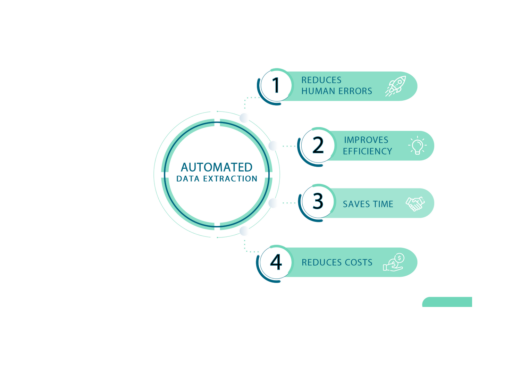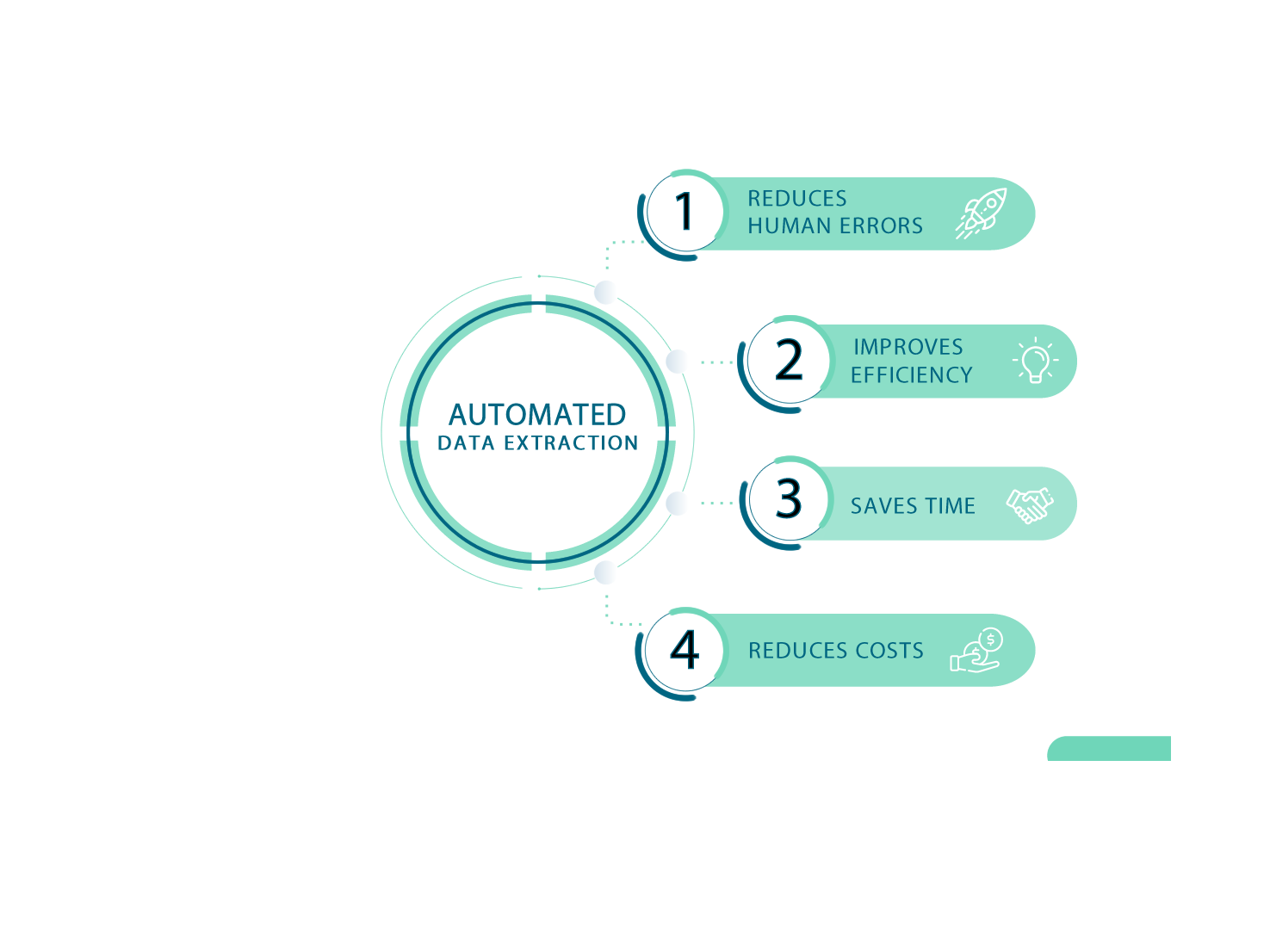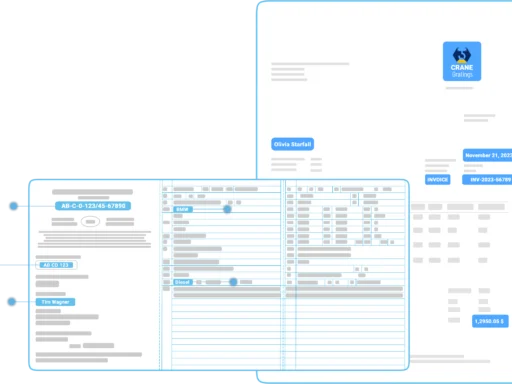Data extraction is the process of retrieving information from physical documents, PDFs, customer profiles, and other sources for use in competitive analysis. Even today, many companies still process data manually—a time-consuming and error-prone approach.
However, with automated data extraction software, this processing time can be significantly reduced while accuracy is improved, making data organization much easier. Extracted text from documents can be stored electronically, shared online, or saved in various file formats for future analysis.
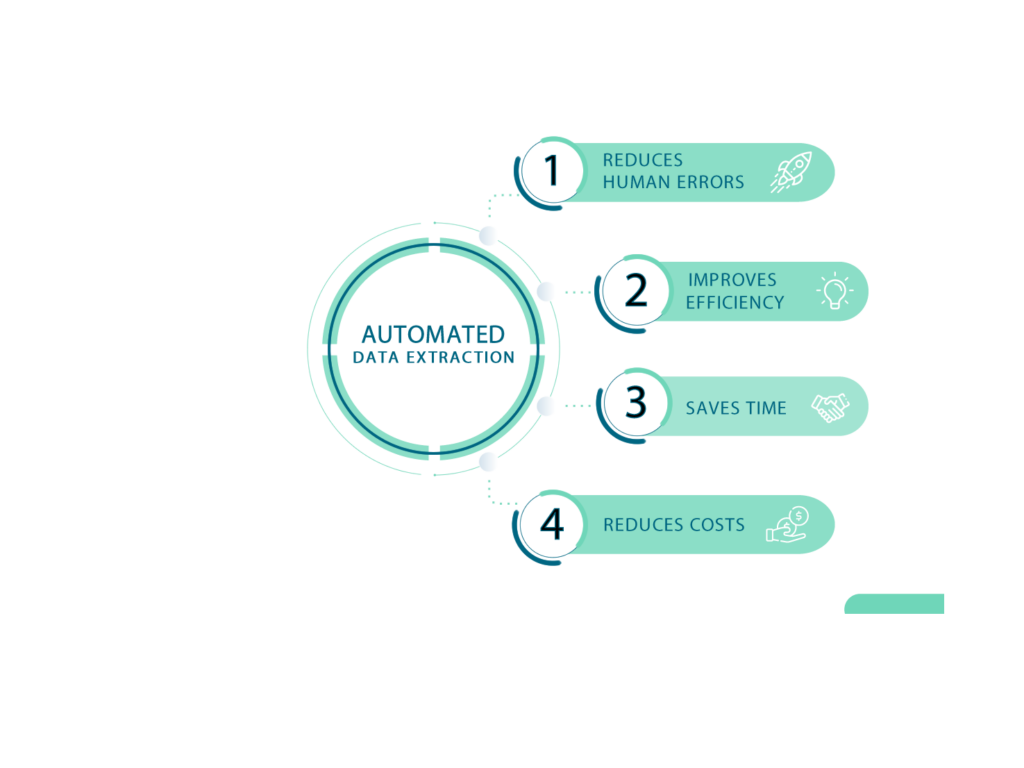
What is Data Extraction?
Data extraction refers to the process of retrieving information from a wide variety of documents.
Companies extract data to process, analyze, and utilize it for various purposes.
Many executives spend over 25% of their time manually entering data into systems and reviewing operational information — tasks that could be fully automated.
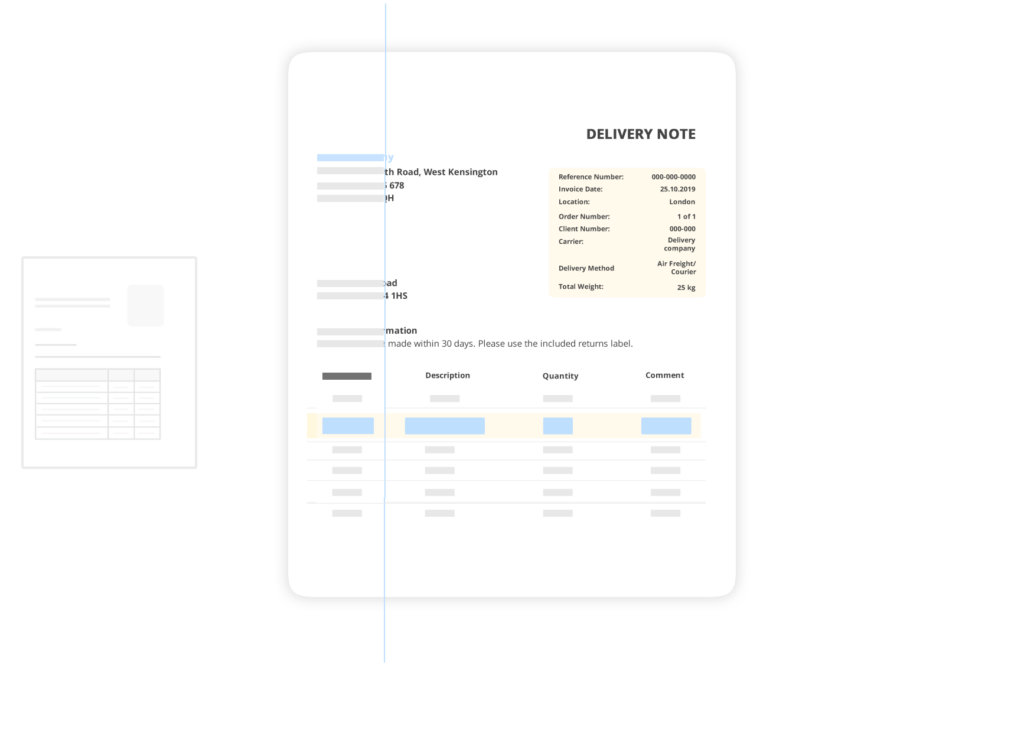
Data extraction involves pulling key information from documents for business, personal, financial, or legal purposes.
While many text recognition programs are available, PaperOffice stands out by using AI and advanced OCR technology to provide automatic and precise text recognition and extraction—completely eliminating the need for training, templates, or manual setup.
For over 20 years, PaperOffice has been a leader in document management, offering cutting-edge solutions for automating business processes.
The continuous development of modern text recognition and data extraction technologies allows companies to process and organize documents more efficiently.
Thanks to AI-powered OCR technology, PaperOffice delivers reliable and accurate results, significantly simplifying daily workflows.
Why Should a Company Extract Data?
Data extraction is essential for businesses to gather valuable information from various documents and process it efficiently.
For example, delivery notes can be automatically analyzed to capture item numbers, quantities, and delivery dates accurately.
This data is then directly transferred into internal systems, enabling faster processing and reducing the risk of errors that often occur with manual data entry.
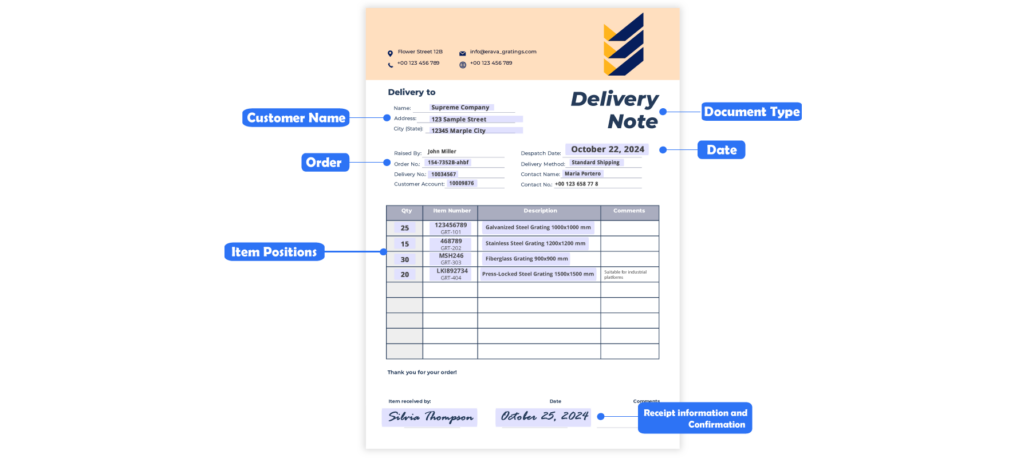
Another example is invoice processing. Automated data extraction can capture invoice amounts, payment deadlines, and customer details without the need for templates.
This accelerates the entire invoicing process and fully digitizes it.
In the legal sector, such as with contracts, automated extraction of clauses or key deadlines ensures that no critical data is overlooked.
This helps companies meet deadlines and comply with legal obligations efficiently.
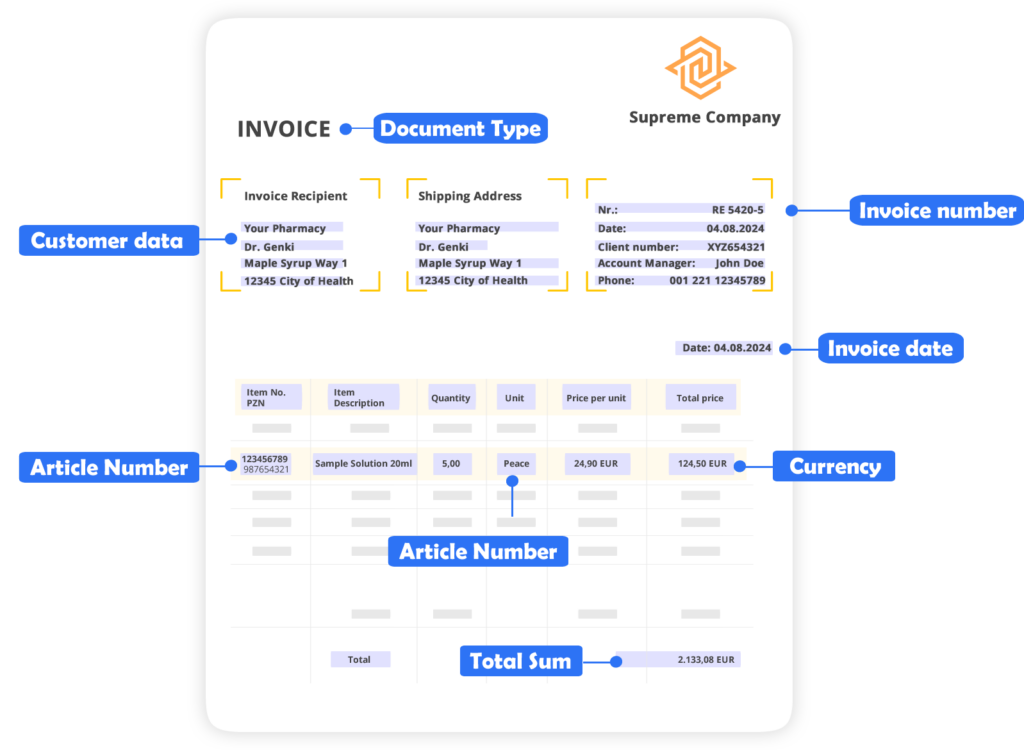
Manual vs. Automated Data Extraction – A Comparison:
| Manual Data Entry | Automated Data Entry | |
|---|---|---|
| Volume | Cannot process large volumes of data in seconds, leading to bottlenecks in customer response time. | Faster customer responses due to the rapid processing of large amounts of data. |
| Initial Costs | Hiring employees by the hour may seem cheaper initially, but long-term costs increase significantly. | Higher initial investment, but long-term returns are guaranteed. |
| Processing | Data must be reviewed, validated, and checked for errors. Mistakes like duplicates or incorrect entries require reprocessing. | No reprocessing needed, as all data is automatically verified and validated by the system. |
| Human Intervention | Data entry staff must learn and adapt to different document structures. Their speed is limited. | AI and machine learning algorithms adapt to document structures automatically, without human intervention. Processing time is fast. |
| Accuracy | The error rate for manual data extraction can range from 3% to 30%. | Automated data extraction consistently achieves an accuracy rate of up to 99.9%. |
Additional Benefits of Automated Data Extraction for Businesses:
Attract More Customers:
Companies that efficiently extract, organize, and store data are better positioned to build customer trust. Proper management of customer data and its secure processing helps enhance a company’s credibility.
Meet Legal Requirements:
Insurance companies, investors, and clients often require legal compliance in document processing. Digital storage ensures that documents can be searched, archived, and securely preserved, meeting legal and regulatory standards effectively.
Automated Data Extraction: Completely Effortless
With PaperOffice, the time-consuming and costly process of training document structures is eliminated.
Our solution requires neither complex Regex patterns nor predefined templates to reliably extract data.
The AI technology automatically detects relevant information such as names, amounts, item numbers, or dates, regardless of their layout in the document.
This not only saves valuable time and resources but also offers maximum flexibility, as the system works seamlessly with various document types without the need for manual adjustments.
Why You Should Consider Automated Data Extraction
Eliminate Human Errors:
Automated data extraction technologies help avoid human errors during data entry, improving decision-making accuracy and ensuring long-term success.
Improve Efficiency:
By automating data extraction, employees are freed from monotonous tasks and can focus on more productive work. This increases the overall efficiency of the company.
Save Time:
Manually processing thousands of documents is time-consuming. With automated data extraction, this work can be completed in minutes, speeding up business processes.
Store in Various Formats:
Extracted data can be saved in various formats such as EXCEL, JSON, or CSV, making it easier to analyze and use in the future.
Conclusion
Data extraction is the first step in many data processing workflows, allowing companies to centrally store, consolidate, and ensure the integrity of their data.
PaperOffice offers a reliable, automated data extraction solution that helps businesses optimize processes and gain valuable insights.
I am a dedicated content writer at PaperOffice, specializing in creating insightful articles about document management and automation. With a focus on simplifying complex topics.
